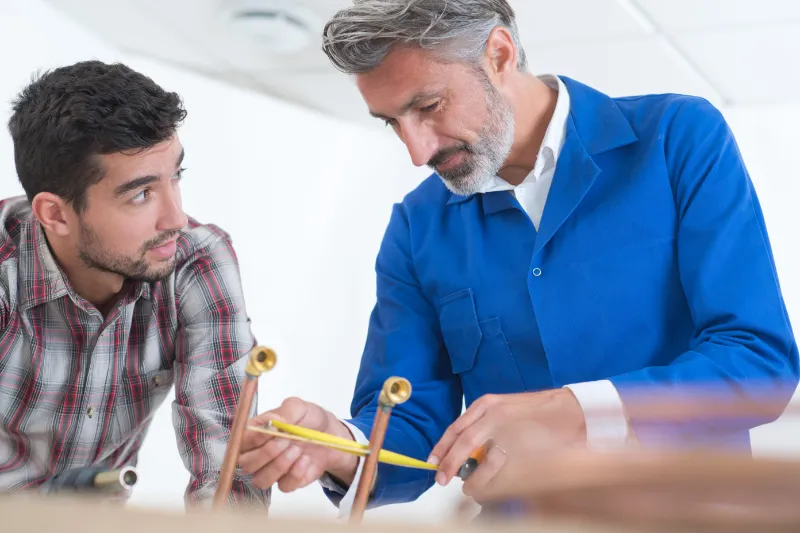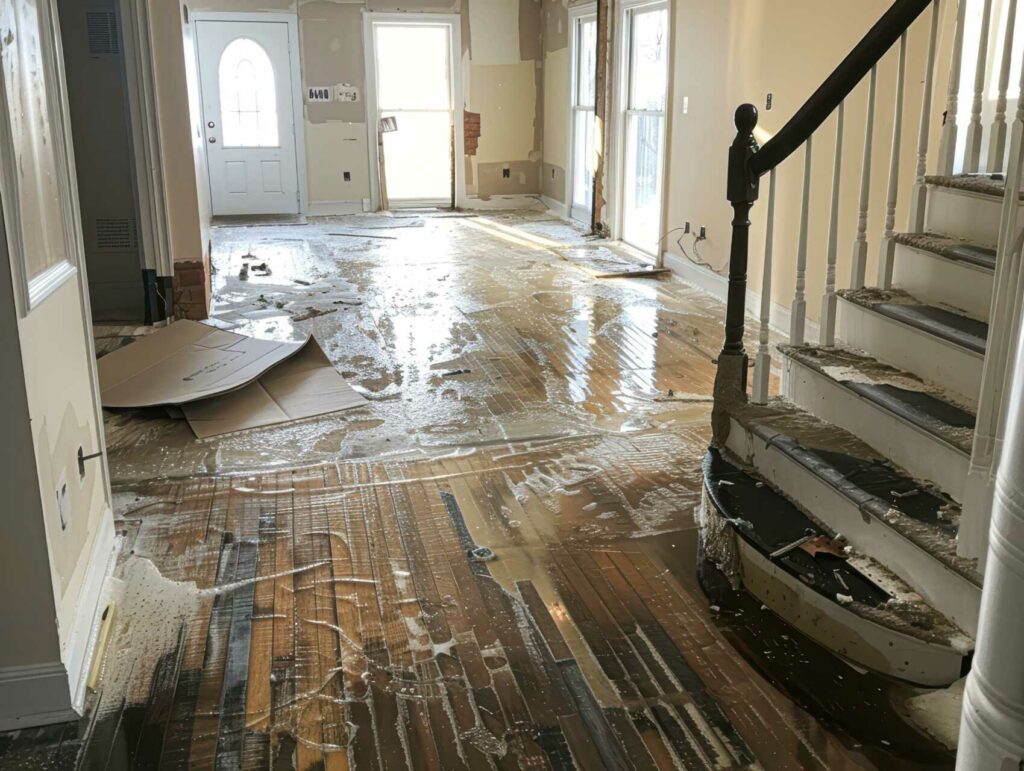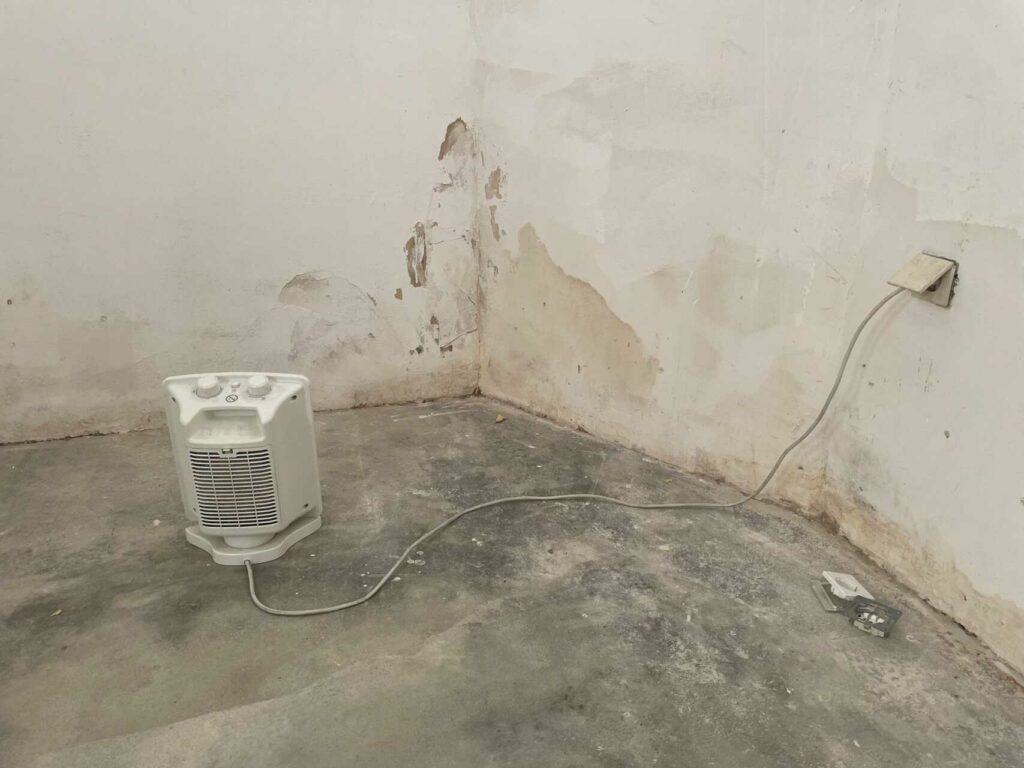Contents
Have you ever wondered if the main water line goes to the water heater first? Well, the answer might surprise you! In this article, we will explore the path of water and debunk the myth once and for all.
So, sit back and get ready to learn about the journey your water takes and whether the water heater plays a role in the initial stages.
Get ready to quench your thirst for knowledge!
Key Takeaways
- The main water line is connected to the municipal water supply and brings water into the house, but it does not go directly to the water heater first.
- The main water line is made of durable materials like PVC or copper and delivers water to all fixtures and appliances.
- The water heater heats the water in the main water line before it reaches faucets and appliances, providing access to hot water for bathing, cooking, and cleaning.
- Regular maintenance of the main water line is important to ensure proper functioning, including knowing the location of the shut-off valve and checking for signs of damage or issues such as reduced water pressure, discolored water, or leaks.
Understanding the Path of Water
To understand the path of water in your home, you need to know that it typically travels from the main water line to the water heater first. This knowledge is important if you want to serve others by ensuring a smooth flow of water throughout their homes.
The main water line, which is connected to the municipal water supply, is responsible for bringing water into your house. It acts as the primary source of water for all the fixtures and appliances in your home. From there, the water travels through the pipes and makes its way to the water heater.
The water heater plays a vital role in your home’s plumbing system. It’s responsible for heating the water to a desired temperature before it reaches the various faucets, showers, and appliances. As the water travels from the main water line to the water heater, it passes through a series of pipes, valves, and fittings. These components ensure that the water pressure is maintained and that there are no leaks or disruptions in the flow.
Once the water is heated, it continues its journey through the plumbing system, ready to be used for various purposes. Whether it’s for taking a hot shower, washing dishes, or doing laundry, the water from the water heater is readily available and accessible. Understanding the path of water in your home allows you to identify any potential issues or areas that may need maintenance. By having this knowledge, you can serve others by addressing any plumbing problems promptly and efficiently.
Exploring the Main Water Line
Now let’s delve deeper into the main water line and explore its components and functions.
As someone who desires to serve others, it’s important to understand the main water line and how it works. The main water line is the pipe that brings water into your home from the municipal water supply. It’s typically made of durable materials such as PVC or copper to ensure longevity and prevent leaks.
The main water line serves as the primary source of water for your entire house. It’s responsible for delivering water to all the fixtures and appliances, including sinks, toilets, showers, and yes, even the water heater. When you turn on a faucet or flush a toilet, the water flows from the main water line and into the respective fixture.
In addition to delivering water, the main water line also has a shut-off valve. This valve allows you to stop the flow of water to your house in case of an emergency or when repairs are needed. It’s essential to know the location of this valve so that you can quickly shut off the water in case of a burst pipe or other plumbing issues.
Regular maintenance of the main water line is crucial to ensure its proper functioning. Periodically inspecting the line for any signs of damage, such as leaks or corrosion, is recommended. If you notice any issues, it’s best to contact a professional plumber to address the problem promptly.
Understanding the main water line and its components is essential for anyone who wants to provide excellent service to others. By familiarizing yourself with the main water line’s functions and performing regular maintenance, you can ensure a steady supply of clean water throughout the house and help prevent potential plumbing emergencies.
The Role of the Water Heater
The water heater plays a crucial role in heating the water that flows through the main water line. It ensures that you have access to hot water for various daily activities such as bathing, cooking, and cleaning. Without a properly functioning water heater, you would be left with cold water, making these tasks more difficult and uncomfortable.
To better understand the role of the water heater, let’s take a look at the components and their functions:
| Component | Function |
|---|---|
| Tank | Stores and heats the water before it is distributed |
| Heating Element | Converts electrical or gas energy into heat |
| Thermostat | Regulates the temperature of the water in the tank |
| Pressure Relief | Releases excess pressure to prevent damage or accidents |
The tank is the main part of the water heater, where the water is stored and heated. It is insulated to minimize heat loss, ensuring that the water stays hot for longer periods. The heating element, powered by electricity or gas, is responsible for generating the heat that warms the water. The thermostat helps maintain the desired temperature by turning the heating element on and off as needed. Finally, the pressure relief valve is a safety feature that prevents the tank from becoming over pressurized, reducing the risk of explosions or leaks.
Tracing the Journey of Water
Follow the main water line as it leads directly to your water heater. Tracing the journey of water can help you understand how this essential resource makes its way into your home. Here are a few key points to consider:
- From the main water supply: The main water line is responsible for carrying water from the municipal supply or well into your home. It acts as the primary conduit, branching off to various fixtures and appliances.
- To the water meter: Before entering your home, the water line usually passes through a water meter. This device measures your water usage and helps determine your bill. It’s essential to have a properly functioning meter to ensure accurate readings.
- Through the water shut-off valve: Inside your home, you’ll find a water shut-off valve near the main water line. This valve allows you to control the water flow to your entire house. It’s crucial to know the location of this valve in case of emergencies or when performing maintenance.
- Into the water heater: Finally, the main water line leads to your water heater. This vital appliance heats the water for your showers, baths, and household needs. The water heater plays a crucial role in providing warm water for your daily activities, so it’s important to maintain it properly.
Debunking the Myth: Does the Water Heater Come First?
To debunk the myth, let’s clarify whether the water heater is the first stop for the main water line. Many people believe that the water heater is the first point of entry for the main water line, but this is actually not the case. Contrary to popular belief, the main water line doesn’t go directly to the water heater first. Instead, it goes to the main water shut-off valve.
The main water shut-off valve is usually located near the water meter or where the water line enters the building. Its purpose is to control the flow of water into the entire plumbing system. From the shut-off valve, the water line branches out to various fixtures and appliances in the house, including the water heater.
So why is there a misconception that the water heater comes first? One possible reason is that the water heater is often located near the shut-off valve, giving the impression that it’s the first stop for the main water line. Additionally, some older homes may have a different plumbing layout where the water heater is indeed the first point of entry.
Understanding the correct order of the main water line can be helpful in troubleshooting plumbing issues. If you’re experiencing low water pressure or leaks, it’s important to check the main water shut-off valve first, as it could be the source of the problem. By debunking this myth, you can have a better understanding of your home’s plumbing system and be better equipped to address any issues that may arise.
Conclusion
So, to answer the question: no, the main water line doesn’t go to the water heater first.
The main water line supplies water to the entire house, and the water heater is just one of the appliances connected to it.
The water heater’s role is to heat the water that comes from the main water line, ensuring that hot water is readily available for daily use.
You may also be interested in: What are the 4 main parts of standard house plumbing?




